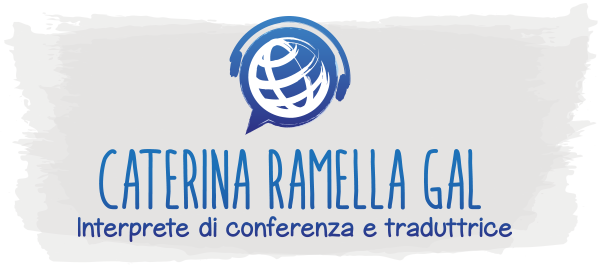


I am a freelance interpreter and translator.
I work as conference interpreter providing simultaneous, liaison and whispered interpreting and
written translations of various texts, in Italian, English and Spanish as freelance or in
collaboration with many translation agencies.
For any information or a free quote, please contact me! Just fill the form in the section
‘CONTACTS’ and I will reply asap.
Stagiaire
PVDAL section since 2021
Youth program
PVDAL section since 2018
«Biella tra 'l monte e il verdeggiar de' piani
lieta guardante l'ubere convalle,
ch'armi ed aratri e a l'opera fumanti
camini ostenta»
(Giosuè Carducci, Rime e ritmi, 1898)
I was born and I still live in Biella, a small village located at the foot of the Alps which is characterised by a strong wool tradition. In Biella, nowadays, despite the current economic downturn, the entire wool pipeline is still present, ranging from the sorting of the fleece to the finishing operations of fabrics; places, protagonists and Biella’s craftsmanship have produced and still produce items characterised by excellence and exclusiveness which are acknowledged and appreciated worldwide. And this excellence should be transmitted, told and explained abroad. The creativity which characterises this excellence, to the point that Biella has been declared a UNESCO CREATIVE CITY in October 2019, has always fascinated me, even though many of my peers chose for a future in big cities, both close and far! For this reason, I have combined together passion and history within my degree dissertation, which is representing a useful and flexible tool for my professional activity: the glossary “Sul filo della lana – Tecniche di lavorazione e campi applicativi”, dealing with the wool industry considered as a whole, translating technical terms concerning wool processing pipeline, machinery and instrumental elements and concepts applied in this industry!
Read More »
EXCELLENCES FROM BIELLA… TO BE TRANSLATED!
The thesis dissertation for the Master Degree in Conference Interpreting and Translation, got in
2014 with honours, entailed the production of a glossary of terms (“Sul filo della lana – Tecniche
di lavorazione e campi applicativi”). The idea of compiling it arises from the strong wool
tradition connected to the city of Biella (known as the “world capital of wool”, where I was born
and I still live); there is no doubt that Biella, distinguished by abundant waterways rich in
particular chemical-physical characteristics ideal for the development of textile production
plants, had lived and still live on and for wool production.
In Biella, nowadays, despite the current economic downturn, the entire wool pipeline is still
present, ranging from the sorting of the fleece to the finishing operations of fabrics; places,
protagonists and Biella’s craftsmanship have produced and still produce items characterised by
excellence and exclusiveness which are acknowledged and appreciated worldwide. And this
excellence should be transmitted, told and explained abroad.
Since I grew up and I still live here in Biella, I had the opportunity to get in contact with people
who work in this sector, to learn about the complexity of this world and its countless nuances
and to get familiar with the passion through which operators describe the long and diversified
process to achieve the end product. For this reason, this glossary (made up of 205 entries
concerning the wool-making processes and their applications) represents a useful and flexible
tool for my professional activity, but also something useful to work in the textile industry in
situations such as exhibitions or negotiations.
The glossary is made up of 205 entries concerning the wool-making processes and their
applications, which is the domain of the glossary, divided into 4 sub-domains plus an
attachment:
1. Wool processing pipeline, which means all the techniques that convert raw material into
end products, through various treatments.
2. Machinery and substances, which includes equipment and devices for carrying out the
processes of wool-making and substances employed to create particular effects or to achieve
special results.
3. Raw material – fibre morphology and properties, which analyses the structure of raw
material highlighting the properties linked to the different components which form the wool
fibre.
4. Instrumental elements and concepts, where are gathered words that appear frequently,
due to the wide use of wool in different fields because of its peculiarities.
5. Preparation of colour cards; this last section consists of an attachment, comprising 22
entries regarding the conception and creation of textile collections, samples and colours cards.